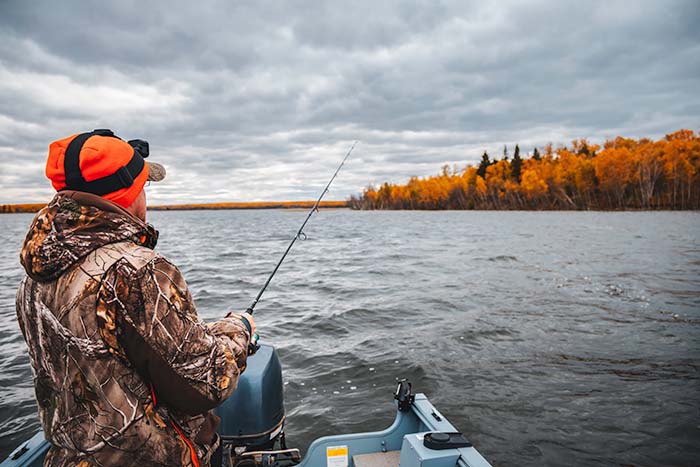You might not have thought about it, but there is a proper way to pass a fishing boat on the water. Especially with more people on the water than ever before, these simple rules will help keep ALL watercraft safe out there.
To pass a fishing boat, you should steer to the starboard side, which is the right-hand side of a boat. It is basically the rule of the road when it comes to boat traffic. This means both boats will pass each other on their port side, or left-hand side, if they are bow to bow.
Powered vessels, (leisure craft), must yield to fishing boats with gear out as a general rule. One exception is when the fishing boat is trolling, in which case both vessels must adhere to the starboard rule when at all possible. Sailing vessels are always given right-of-way given their limited maneuverability, as are fishing boats that are anchored.

Now, as with all rules, there are times it may not be feasible or possible to pass on the starboard side, (such as a fishing boat with lines toward the shore on the right), or if passage is not suitable. Avoiding a collision becomes the determining factor. In all exceptions, it is key that you communicate with the other boat before navigating your move.



BOAT vs. BOAT
When two boats meet, one is the give-way boat and the other is the stand-on boat. The give-way always yields to the stand-on, which holds its course. This assumes the stand-on boat has an unobstructed view, and will typically give adequate distance to avoid water disturbance. This is really about boat etiquette more than anything else.
If a fishing boat is on your starboard side and you are unable to pass on the right, then you may proceed as the stand-on boat. Again, communication with the other boat is key to this situation.
Another important etiquette tip is slowing down when passing a fishing boat. Creating a large wake not only upsets the anglers, it affects the fishing and worse, can send water over the lower freeboard of most fishing boats.

Both sailing and power vessels must keep clear of any vessel they are overtaking. You overtake a vessel when you approach it from behind within a 135-degree sector from the vessel's stern. When in a channel or harbor, all vessels must keep to the starboard side of the channel.

SAILING vs. POWER
A power vessel is to give way to a sailing vessel, except for when a sailing vessel is overtaking a power vessel. Then the sailing vessel will have to give way.

When a sailing vessel approaches another sailing vessel, the vessel with the wind on its starboard side has the right of way.
When both sailboats have the wind on the same side, the passing boat has to give way to the other vessel.
Sailing vessels should avoid sailing through a ship channel, as large vessels need to go a certain speed through the channel and cannot give way to a sailing vessel.

When two power vessels approach each other head-on, both vessels should alter their course to pass each other on their port side.
When two power vessels are attempting to cross, the right of way is given to the vessel on the starboard side. The vessel that does NOT have the right of way needs to stop or alter course to starboard.
Navigating any narrow channel involves keeping starboard as if you were on a road, and like most roads, you can never stop for any prolonged periods.
For more information on boating safety, clean water, and even donating your boat, BoatUS Foundation has gobs and gobs of it. Check them out.
As it probably is becoming evident, common sense is an overarching rule that applies to all situations on the water. Common courtesy is a good one to add to ensure that WE ALL enjoy the water out there. Tight lines! -WR

